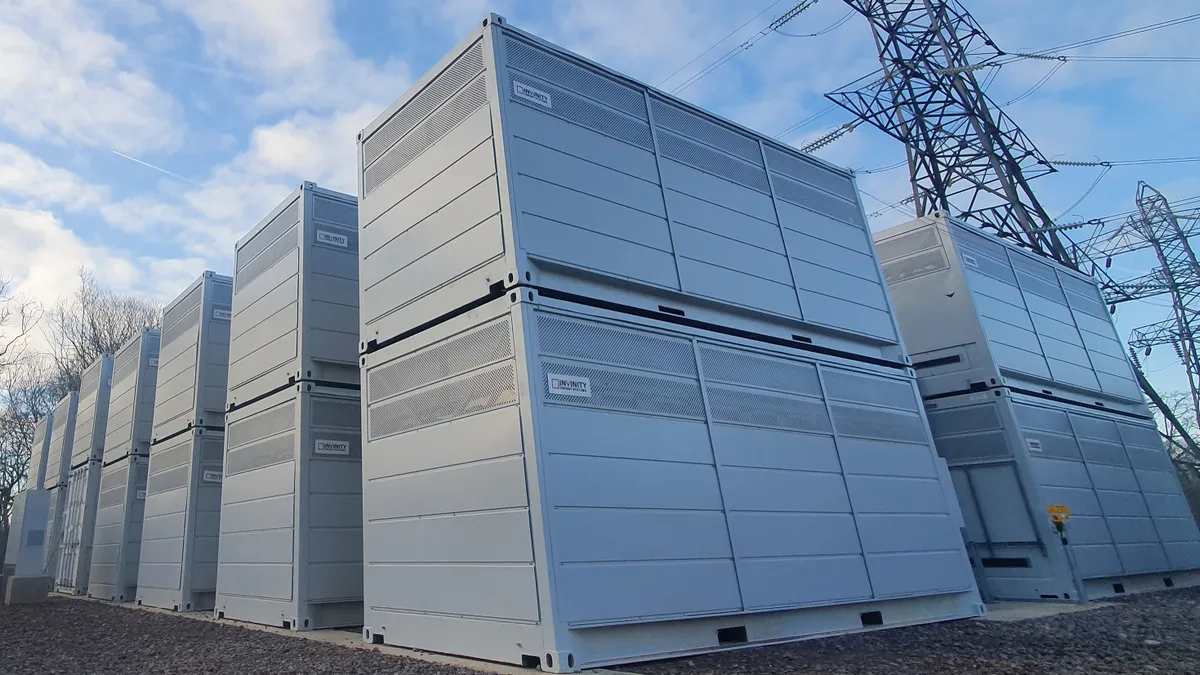More than 100 technology providers are competing in the long-duration energy storage market as the U.S. Department of Energy seeks to boost commercialization, a federal energy official said Friday.
Gene Rodrigues, assistant secretary for electricity at the U.S. Department of Energy, said about 460 GW of long-duration energy storage by 2050 could deliver $10 billion to $20 billion in cost savings from reduced operating costs on the grid and avoiding capital spending for a build-out of 200 GW of fossil fuel generating assets that might otherwise be needed to meet peak demand.
“That’s not a big deal. That’s a huge deal,” he said at a DOE web-based presentation discussing the agency’s series, “Pathways To Commercial Liftoff.”
The March reports chart pathways to commercialize long-duration storage, advanced nuclear reactors, clean hydrogen and carbon management. The agency said the reports are intended to help industry, investors and other stakeholders make decisions about the emerging technologies needed to slash greenhouse gas emissions from the power sector.
David Crane, director of DOE’s Office of Clean Energy Demonstrations, said during Friday’s presentation that efforts to broaden LDES will “be private sector-led and government enabled.” The Liftoff report said $50/kW to $75/kW per year in resource adequacy compensation or regulatory valuation would motivate private financing for long-duration storage. Other policy and regulatory mechanisms, such as carve-outs and carbon payments, would reduce the need for direct compensation, the report said.
“As we demonstrate these projects we’re also supposed to be looking to ensure replicability of the projects,” he said. “Not just technology replicability but commercial replicability.”
The DOE defines LDES as 10 to 160 hours of power dispatch, said Stephen Hendrickson, a program analyst in DOE’s Office of Technology Transitions. LDES requires public and private investment to drive down costs and improve technology performance and market interventions to compensate LDES for the service it provides.
“Addressing these factors would allow the technology to scale to industrial level in a net-zero world,” Hendrickson said.
To DOE, “lift-off” occurs when private capital can take over as technology costs and operations improve significantly, the market recognizes LDES’s full value through increased compensation or other means, and industrial-scale manufacturing and deployment capacity are achieved.
Technology costs must decline by 45% to 55% by 2028 to 2030 relative to costs reported now by leading LDES technologies, and the performance and working lifetime of LDES technologies must improve to compete with lithium-ion storage and hydrogen, according to the DOE report.
By 2030, inter-day LDES technologies must reduce costs to $650/kW from the current range of $1,100/kW to 1,400/kW, the DOE report said. Multi-day technologies must improve to $1,100/kW by 2030 from a range of $1,900/kW to $2,500/kW now.














